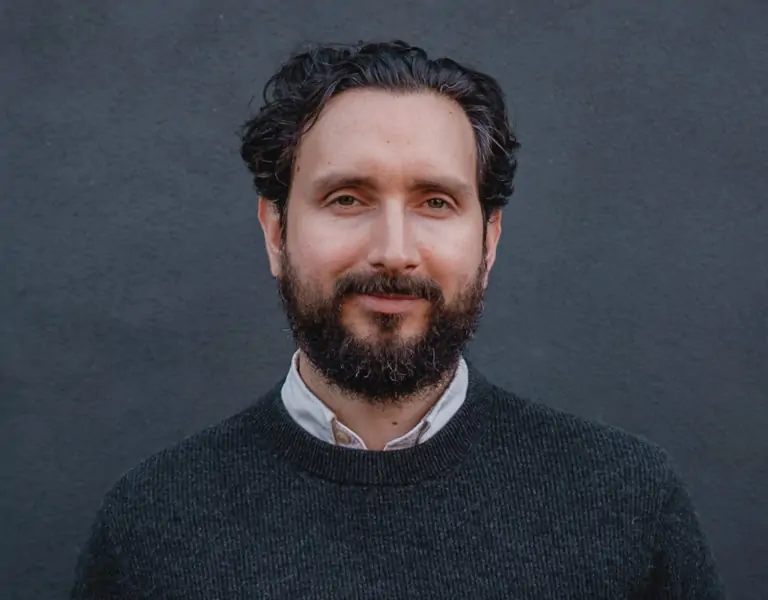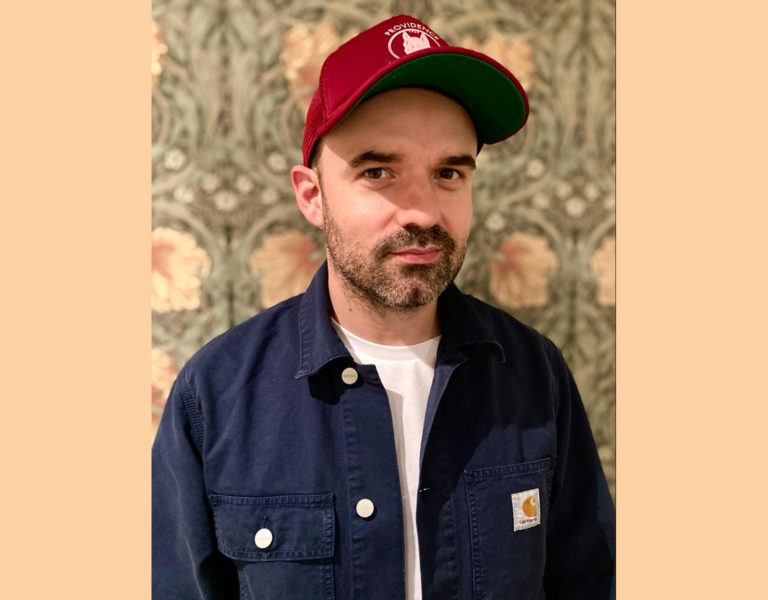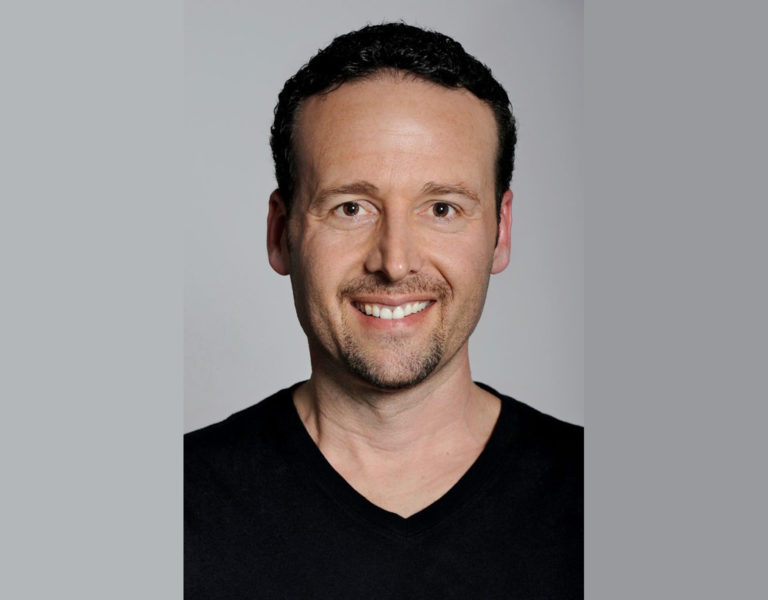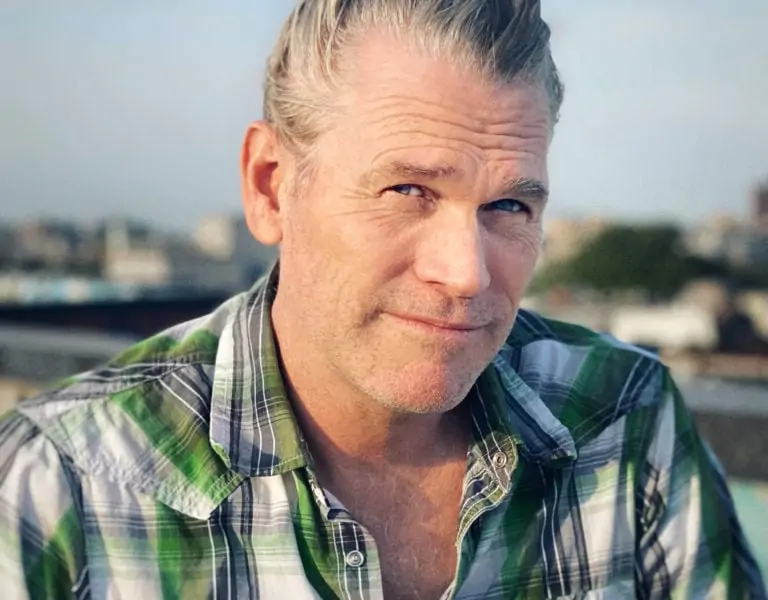Home » Features » Interviews » In the Frame »
Painting a picture
Selected filmography (as colourist, unless otherwise stated)
The Machine (2013)
The End of The F***ing World (2017-19)
This Is Going To Hurt (2022)
Heartstopper (2022)
What inspired you to become a colourist?
While I was at film school in Bournemouth I loved editing and VFX. I loved the impact an editor could have in telling a story and creating feeling, but also loved the limitless wizardry of VFX. When I discovered colour grading it felt like a perfect combination of both, and once I started grading I never looked back.
How/where did you learn the craft?
To begin with I was mostly self-taught, so learnt a lot from books and the internet. I then had some help along the way from more experienced colourists while freelancing at bigger post houses. As I started hiring more colourists to work with me at Cheat, that helped me learn more about how other colourists work and I’m still learning every day.
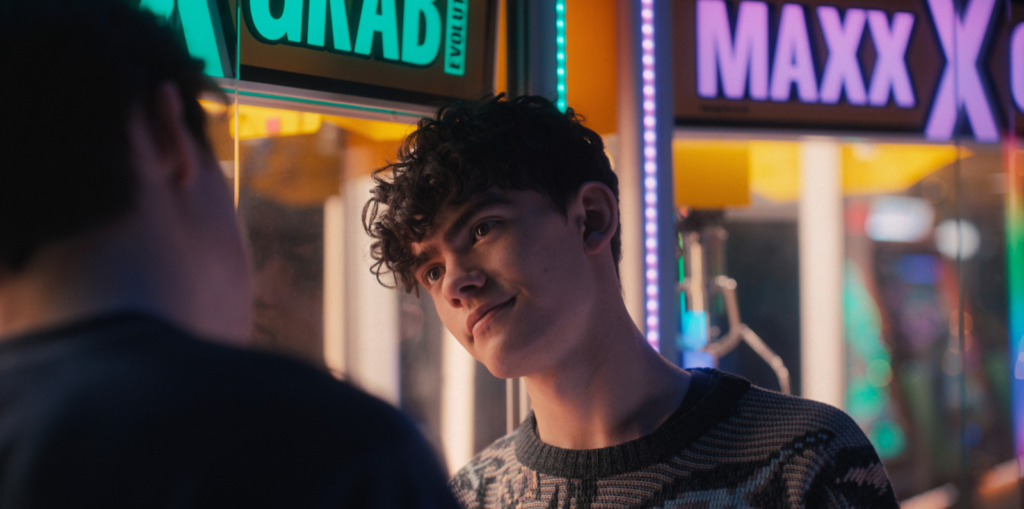
What was your career progression?
I started grading at film school in my 2nd year, got keys cut for the grading suite there and started moonlighting on paid work in the evenings and weekends, working on music videos for bands like N-Dubz. When graduating I found out about an indie feature film starting production that was looking for a 1st AD. I only wanted to grade the film but made a deal to 1st the film if I could grade it and got paid in equipment to get me started. After that I set up a grading suite at my parents’ house and started freelancing in London at Clearcut, Splice and Tate Post and also grading smaller projects at home. After saving up, I set up a suite in London nine years ago in the same building where Cheat is now.
What would you single out as your big break?
I think The End of The F***ing World was a big one for me. It was my first studio (Netflix) production and the first time I worked on something that was globally successful. It was also the culmination of a lot of research and a career-long working relationship with DOP Justin Brown and director Jon Entwistle so it was a real pleasure to work on and it really pushed me.
Who or what are your biggest inspirations or mentors?
I was so inspired by going to Camerimage as a student, especially listening to cinematographers like Christopher Doyle HKSC, Sean Bobbitt BSC and Vittorio Storaro ASC AIC wax lyrical about their work and process. Later in life my inspiration now comes from everywhere. It’s amazing how much inspiration we can consume so readily on social media by simply following people whose work we find interesting.
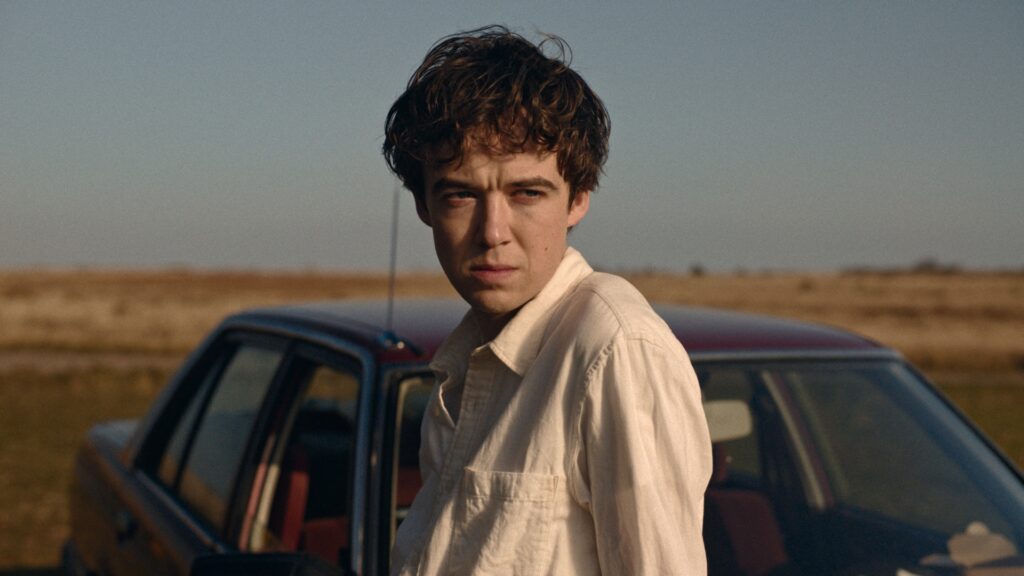
What are the key qualities of a star colourist?
A ‘good eye’ (either from instinctual taste or experience), empathy, good communication skills, diplomacy, humility and confidence.
What are the fundamentals of a successful colourist/DP relationship?
For me it’s all about joining forces for a shared goal and vision. If you can align your visions and goals, it just becomes about working out the best (and simplest) way to get there.
How would you describe your creative process?
It always starts with understanding. Understanding the story, the characters, the director’s and DoP’s vision, the intent behind what is ultimately needed for the look and feel. Colourists are often playing the role of interpreter, and these early stages are my favourite because it’s when we define what we are trying to achieve on a level beyond the aesthetic and then I get to interpret that with my taste and input.
What role do you believe colour and the grade play in enhancing a production?
I think it’s hugely important. We can enhance not only the cinematography but the costume, production design, and most importantly: the emotion of every frame.
Which production was the most challenging and why?
Every production has its unique challenges but, like most things in my life, I try to focus on and remember the positives!
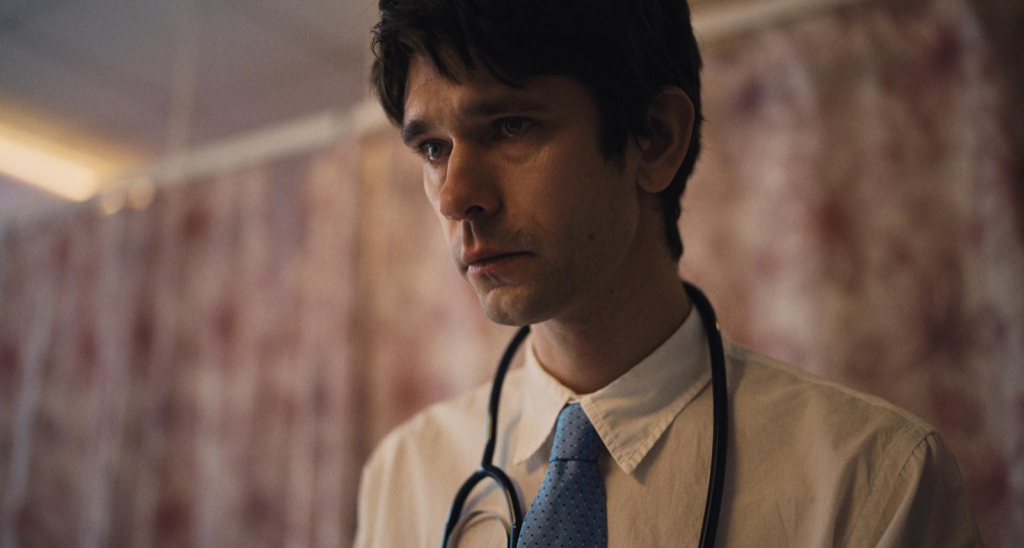
Which production are you most proud to have worked on and why?
This Is Going To Hurt and Heartstopper felt like seminal pieces of work that told stories that needed to be told. One of a broken and tired NHS and the other a high school drama centred around LGBTQ relationships. I’ve never seen anything like either and it was really exciting to work on these productions, knowing that they would touch so many people. The response has been very humbling.
What is your favourite memory of working on a production?
The first days on This Is Going To Hurt with Lucy Forbes (director) and Benedict Spence (DoP) were really fun. We had only worked together before on The End of The F***ing World season 2 and we were somewhat limited by the established world of season 1, so to let the creative juices flow more freely and come up with a look for that show that reflected the story so well was really thrilling.
What innovations have you been impressed by?
I’m very passionate about the idea of ‘authenticity’ with my work, so I’m always excited by new tools that let me adapt material in more photographic and natural ways. The new grading tools that let me quickly and easily change shots to where they need to be in natural way always excite me the most. I’m also very impressed by the advancement of digital cinema cameras and how we are now able to make such filmic images with them. I remember being blown away by a little silver box prototype of the Alexa at Camerimage many years ago and thinking ‘this changes everything’, and it certainly has!
What obstacles do you face in your career and how do you overcome them?
I think patience is key to a long career. It took me a long time to get to where I wanted to be and that was very frustrating at first. There were a lot of ‘chicken and egg’ situations where until I worked on a certain kind of project I couldn’t get onto those kinds of projects. It was frustrating but the perseverance is paying off!
What advice would you give aspiring colourists?
Keep going, always be polite and stay humble!
What are you currently working on?
Some features I can’t name yet but also Great Expectations for BBC1/FX, The F*** It Bucket and Damage for Netflix, I Hate Suzie season 2 for HBO/Sky, and Pack of Lies for the BBC.
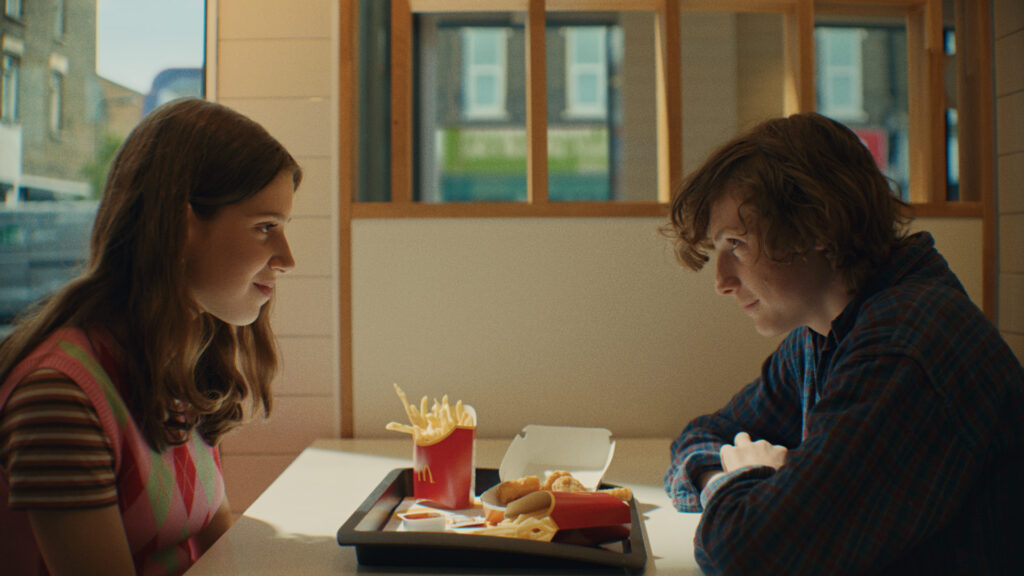
What inspires you outside of the world of film?
Travelling, food, photography, and growing really spicy chillies.
What are the biggest recent changes you have seen in the world of colour grading?
For me the most exciting development is the democratisation of it. Anyone can be a colourist now and give it a go. I think that’s really exciting for the development of our craft. It’s great to have this access for more people and allow new voices to come to the fore.
Cinematographer Benedict Spence says:
“I find Toby a fantastic creative collaborator. When I’m confirmed on a job, one of my very first calls is to Toby. We talk about the themes of the show, the characters and how the grade and the finish can reflect and reinforce those themes. For example, This Is Going To Hurt required an almost-broken look, something immediate and real-feeling yet still beautiful, mirroring the NHS. In pre-production Toby was integral to the plan of how to achieve that look, and those discussions then became integral to how we shot the show. That work with Toby is as important as my work with my gaffer or my camera team.
At the other end of the spectrum is Toby as my saviour… I can’t count the number of times he’s taken a shot of mine which is incredibly badly lit and managed to fix it! Even though Toby is not on-set, I feel the safety net of him every shoot day. Knowing that he will be there at the end to help fix things is incredibly useful to completing our days. I know I can get away with things because Toby will be there. That in turn means I can work faster, get the shots the director wants, help give the cast their time on camera, and complete the day as scheduled!
I pride myself on having solid technical knowledge of my camera, its sensor and how it sees the world. Being able to converse in full with Toby about what he can squeeze out of the sensor means we’ve really been able to push the boundaries of what the camera is capable of. However, he does sometimes come out with something which is way beyond my knowledge. Normally I just smile and nod and pretend I understand, then quickly look it up when I use the bathroom!”
Cinematographer Diana Olifirova says:
“I love working with Toby – his attitude, precision, dedication, cinematic vision, taste and attention to detail are spectacular! He’s also great with people, so every new director I introduce to him always wants to come back.
For my first long form project We Are Lady Parts we developed a bit of a short hand by creating a LUT that we have repeated on Heartstopper too. It’s a look which is a stop darker and makes me work harder with lighting and colour, helping to bring richness into the shadows in post.
Toby is a great collaborator and really good under pressure. Though prep and LUT creation helped, I was so impressed by the amount we could do on both projects in such a tight TV timeline, with him overseeing the project from beginning till the end.
He also really cares about cinematography and your point of view. Whether it is a commercial, a music video, a TV show or a personal project, he always listens and creates a great atmosphere in the suite that feels relaxed and focused, letting creativity flow every time.”







